A new ultrasound technique provides a non-invasive way of assessing bone structure on the microscale. Researchers hope to fine-tune the technique for use in assessing osteoporosis risk and treatment. Researchers have also demonstrated that a variation of the same technique…
Tag: Diagnostics
Breast cancer screening found effective in men at high risk for the disease
Men at high risk of developing breast cancer may benefit from mammography, or breast X-ray, screening for the disease, a new study shows. The study, publishing in the journal Radiology online Sept. 17, involved 1,869 men, ages 18 to 96,…
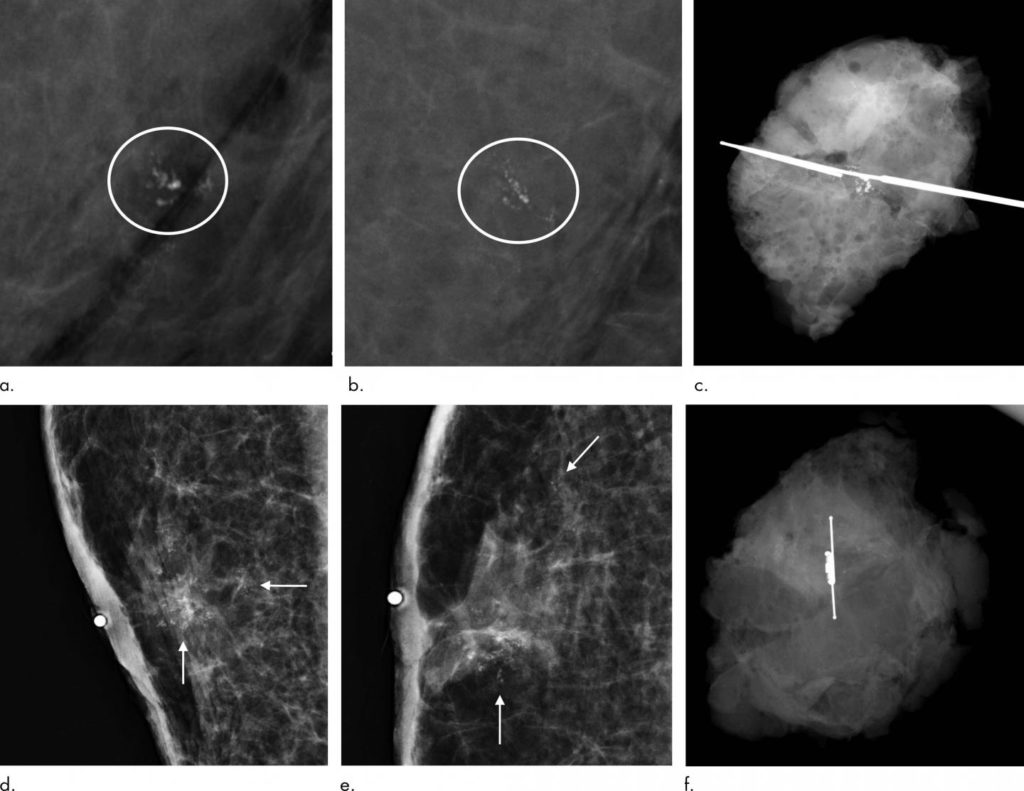
Screening mammography could benefit men at high risk of breast cancer
OAK BROOK, Ill. – Selective mammography screening can provide potentially lifesaving early detection of breast cancer in men who are at high risk for the disease, according to a landmark study published in the journal Radiology . Breast cancer in…
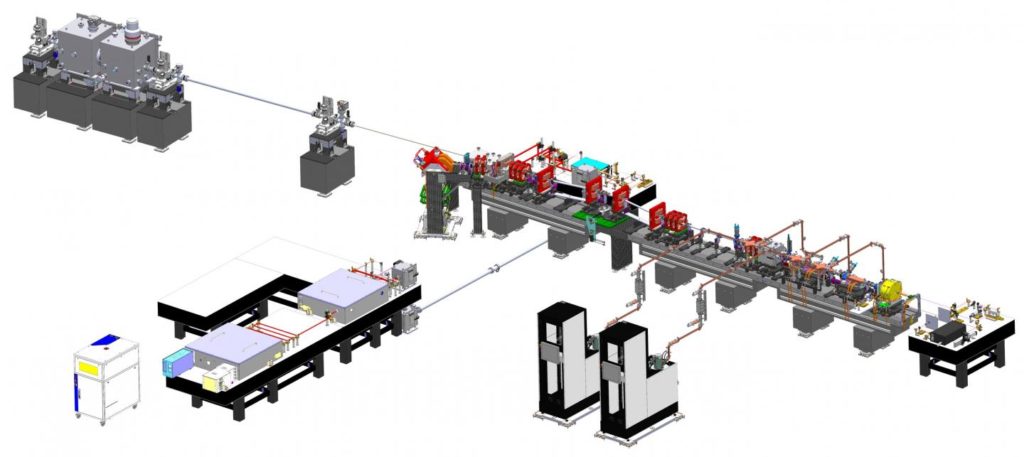
Revolutionary laser instrument receives $4.7 million boost from the National Science Foundation
Deep within the subterranean confines of Building C–the latest addition to the Biodesign Institute at Arizona State University–a pathbreaking machine is quietly taking shape. Designed to unlock some of nature’s tiniest and most fleeting mysteries, the Compact X-ray Free Electron…
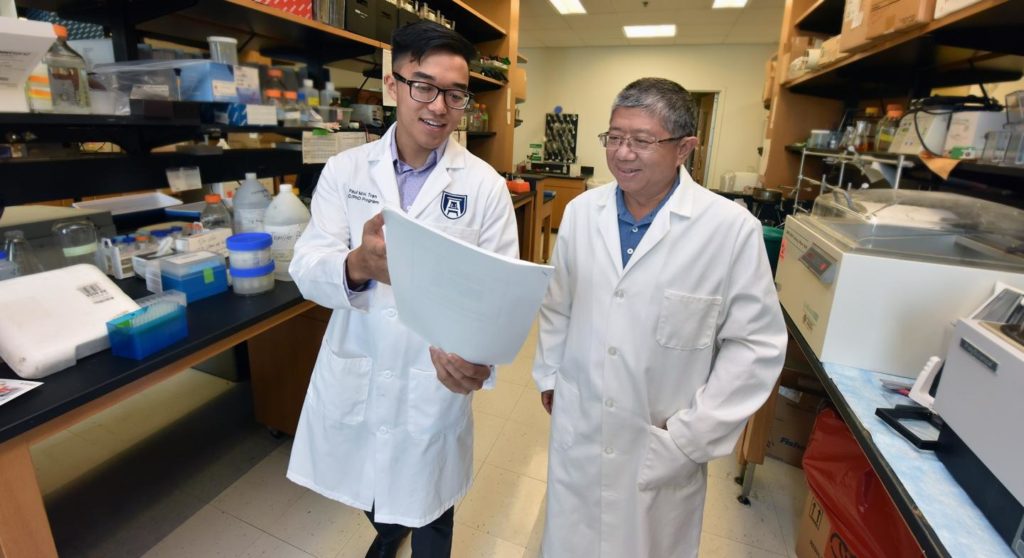
More predictive genetic risk score sought for type 1 diabetes
AUGUSTA, Ga. (Sept. 16, 2019) – Paul Tran is working to develop a highly predictive genetic risk score that will tell parents whether their baby is at significant risk for type 1 diabetes. The ultimate goal, says the MD/PhD student…
Penn’s Angela DeMichele, MD, MSCE, part of team awarded Stand Up 2 Cancer grant
$3 million award will support combination therapy trial for triple-negative breast cancer
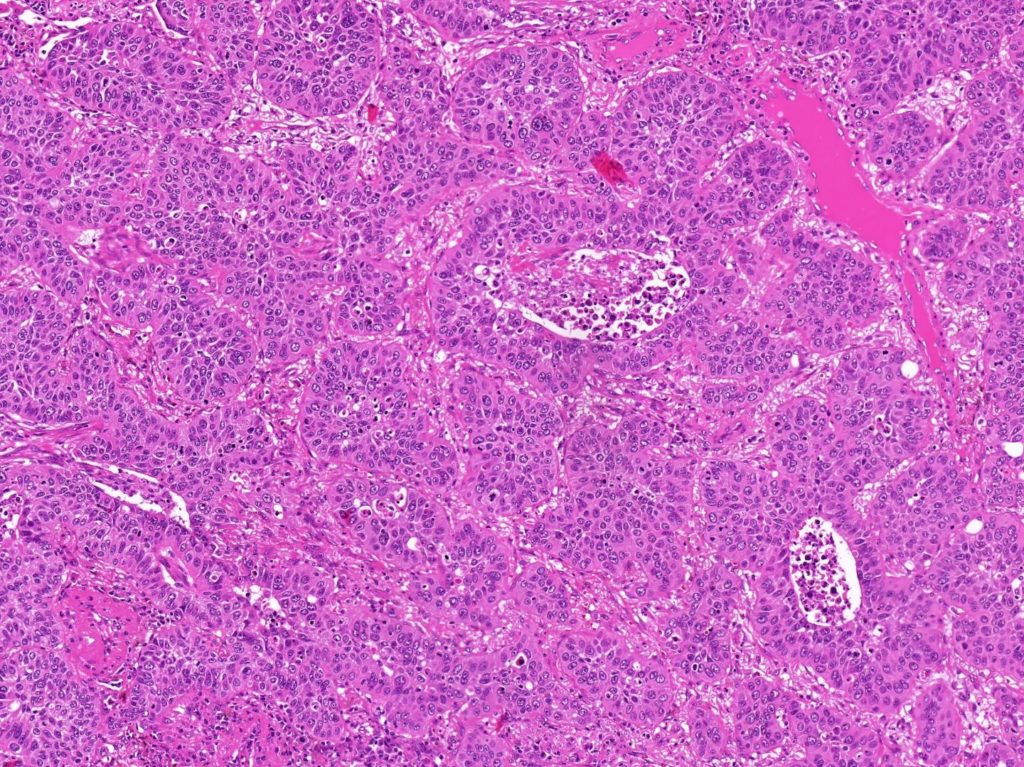
Machine learning improves the diagnosis of patients with head and neck cancers
Researchers from Charité – Universitätsmedizin Berlin and the German Cancer Consortium (DKTK) have successfully solved a longstanding problem in the diagnosis of head and neck cancers. Working alongside colleagues from Technische Universität (TU) Berlin, the researchers used artificial intelligence to…
Patients diagnosed with cancer after skipping appointment more likely to die within a year
Cancer patients who miss an urgent referral appointment for their symptoms are 12% more likely to di
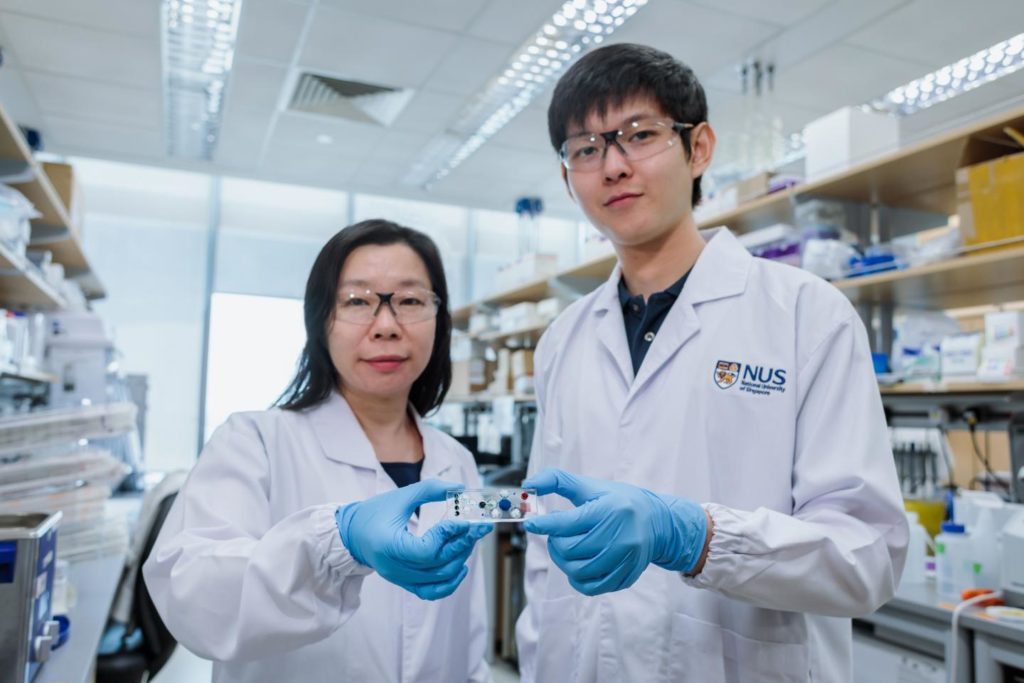
NUS invention makes biopsies less invasive and more informative
STAMP technology is a million times more sensitive and comprehensive to accurately detect and classi
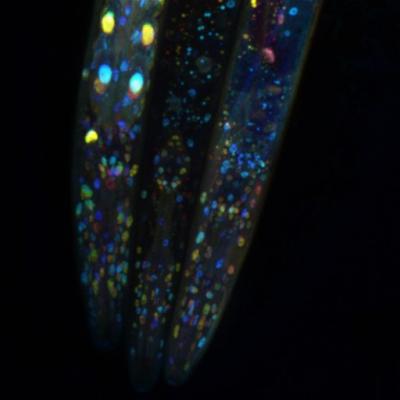
Scientists discover hidden differences among cells that may help them evade drug therapy
The discovery by UMD researchers suggests ‘functional mosaicism’ could explain some antibiotic resis
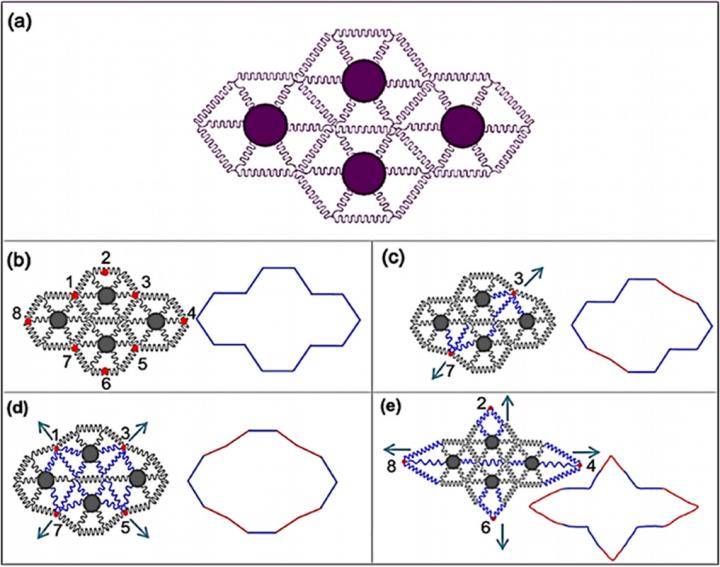
Reconfigurable electronics show promise for wearable, implantable devices
Flexible, stretchable electronics that can change size and shape dynamically are poised to open door
Factors associated with longer wait times in colorectal cancer specialty care referrals
Potential for reducing time to referral for colorectal cancer patients in primary care
Diagnostic accuracy of a smartphone-operated single-lead electrocardiogram
Smartphone-operated electrocardiogram is highly accurate for detecting arrhythmias in non-acute pati
September/October 2019 Annals of Family Medicine tip sheet
Fewer Children Seeing Family Physicians in Rural Areas A Vermont study suggests that a declining proportion of children receive care in family medicine practices. These same children, particularly those in isolated rural areas, are more likely to visit pediatric practices.…
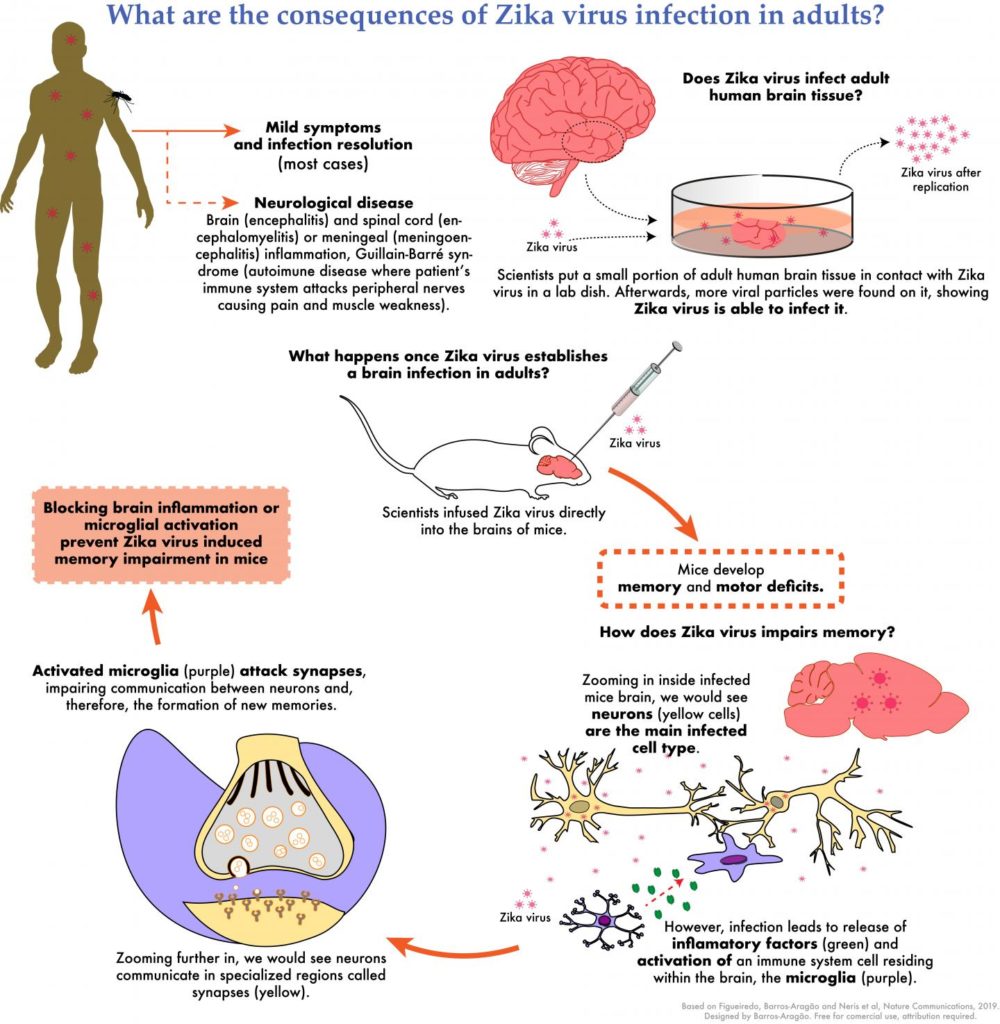
Zika virus infects the adult human brain and causes memory deficits in animal models
Brazilian researchers found the cause of neurological complications observed in adults patients infe

Not just images
Hebrew University’s new MRI technique can ‘see’ molecular changes in the brain
New study reveals ‘smart’ approach to detecting common heart condition
A new study, presented as ‘Late Breaking Science’ at the European Society of Cardiology (ESC) annual congress and published in the Journal of the American College of Cardiology , highlights the feasible use of mobile health (mHealth) devices to help…
New WHO autoantibody reference reagent will benefit SLE patients
Reference reagents are important in diagnostics and care of patients with systemic lupus erythematosus (SLE). In a new study, an international team of researchers presents a new WHO autoantibody reference reagent that will help to align autoantibody analyses and thus…
Modifiable risk factors contribute to gout
Elevated urate in the blood (hyperuricemia) is a precursor of gout, which is the most common form of inflammatory arthritis worldwide. A study published in Arthritis & Rheumatology that included 14,624 U.S. adults found that four modifiable risk factors–body mass…
Why do some people stop breathing after seizures?
New study finds that serotonin may provide a clue
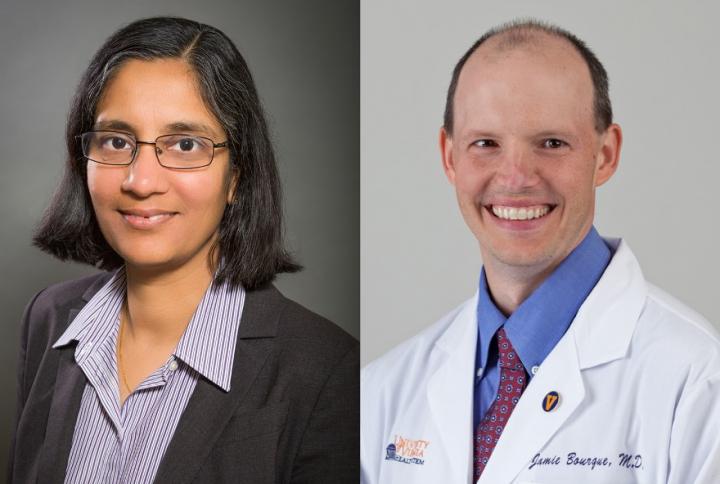
ASNC announces multisocietal cardiac amyloidosis consensus
The American Society of Nuclear Cardiology (ASNC) publishes ‘Expert Consensus Recommendations For Mu
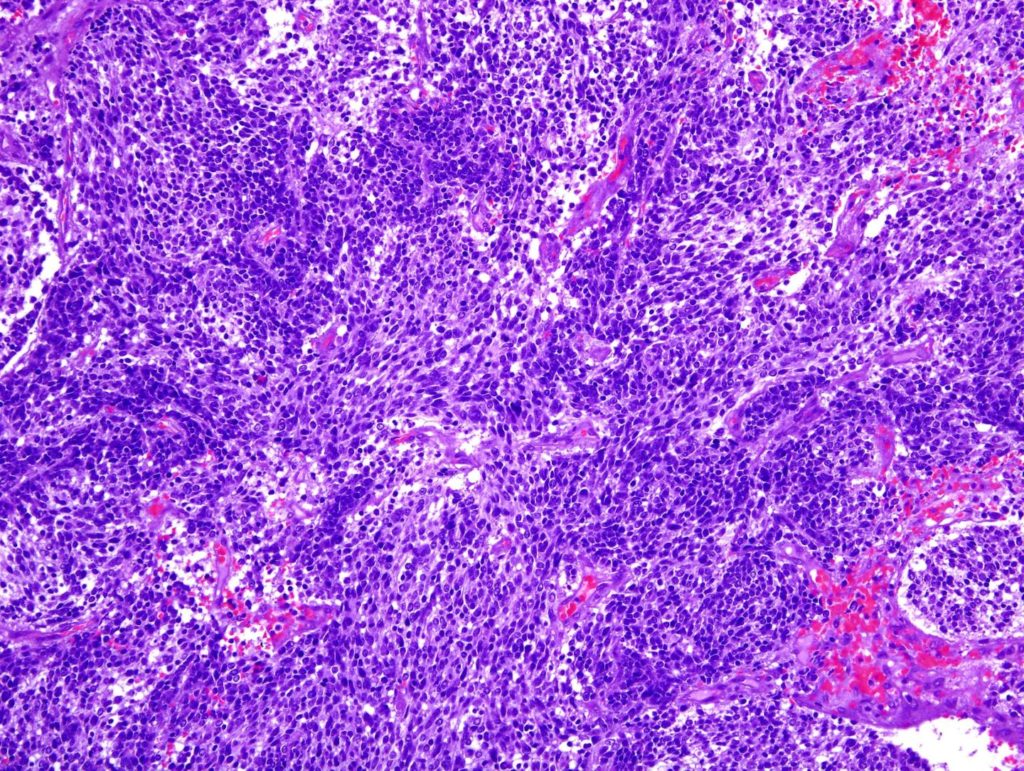
Discovered a factor that predicts long survival in brain tumor
Researchers of the Josep Carreras Leukaemia Research Institute have discovered an epigenetic lesion
Who benefits from a defibrillator?
ECG procedure indicates whether an implantable defibrillator will extend a patient’s life
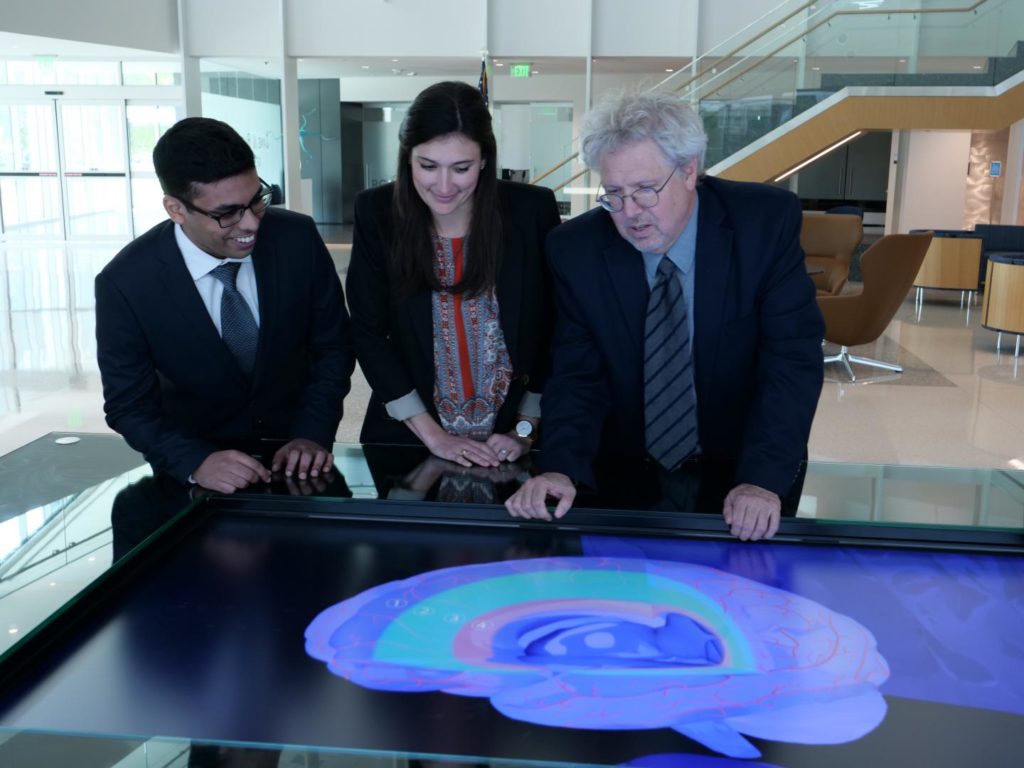
Center for BrainHealth Develops Groundbreaking Biomarker to Predict Cognitive Change in MS
Patent-pending technology has broader applications to evaluate efficacy of treatments
Machine learning increases resolution of eye imaging technology
Researchers use computational tools to enhance the resolution of optical coherence tomography, poten
Greater left ventricular mass increases risk of heart failure
OAK BROOK, Ill. – Elevated left ventricular mass, known as left-ventricular hypertrophy, is a stronger predictor of coronary artery disease-related death and heart failure than coronary artery calcium score, according to a new study published in the journal Radiology .…
Identification of all types of germ cells tumors
Germ cell tumors constitute a diverse group of rare tumors, which occur in the testes, ovaries and also in other places. Some germ cell tumors exist prenatally, while others present during or after puberty. The majority is benign. Malignant germ…

An innovative new diagnostic for Lyme disease
When researchers examined the mitochondrial DNA of Ötzi, a man entombed in ice high in the Tyrolean Alps some 5,300 years ago, they made a startling discovery. Secreted within the tangles of the ice man’s genetic code was evidence he’d…

Scientists find a way to quickly determine the purity of water
Scientists from NUST MISIS together with colleagues from Lomonosov Moscow State University have developed a method for quick and effective analysis of the composition of water, which will help to solve the problem of industrial pollution. The methodology is based…
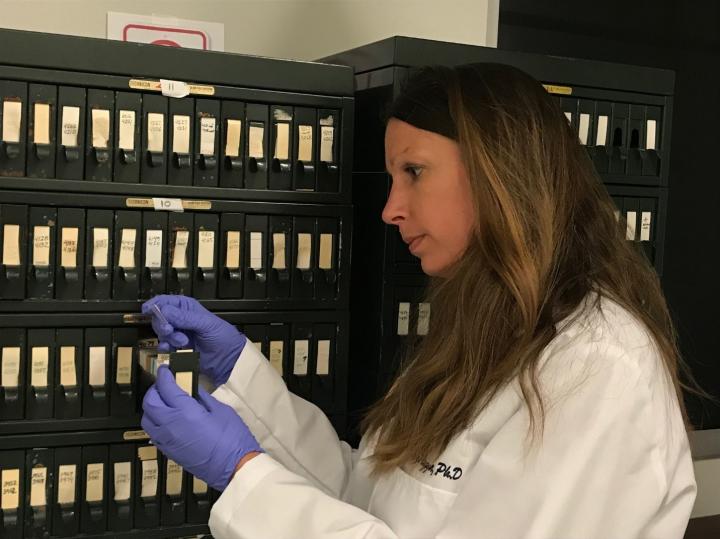
Mapping the brain landscape for Alzheimer’s disease using artificial intelligence
A major research grant to explore Alzheimer’s disease in brains of individuals of Mexican, Cuban, Pu
New contrast agent could make MRIs safer
BOSTON – Researchers at Massachusetts General Hospital (MGH) have taken a key step forward in developing a new, possibly safer contrast agent for use in magnetic resonance imaging (MRI) exams. Contrast enhanced MRI is a widely used diagnostic tool with…
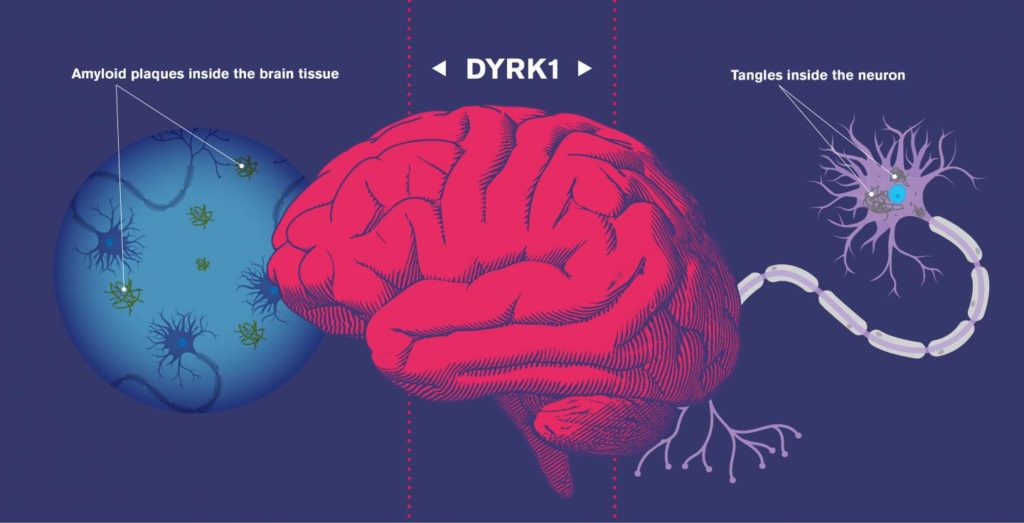
New drug targets early instigator of Alzheimer’s disease
Over a hundred years after they were first identified, two ominous signposts of Alzheimer’s disease (AD) remain central topics of research–both formed by sticky accumulations of protein in the brain. Amyloid beta solidifies into senile plaques, which congregate in the…

The risk of death from yellow fever can be detected sooner
A FAPESP-funded study with results published in The Lancet Infectious Diseases has identified marker
GW Researchers Identify Barriers to Fungal Infection Diagnosis
A new survey from the GW School of Medicine and Health Sciences, published in the Journal of Drugs in Dermatology, identifies several barriers that prevent the consistent use of fungal diagnostic preparations to correctly identify cutaneous fungal infections.
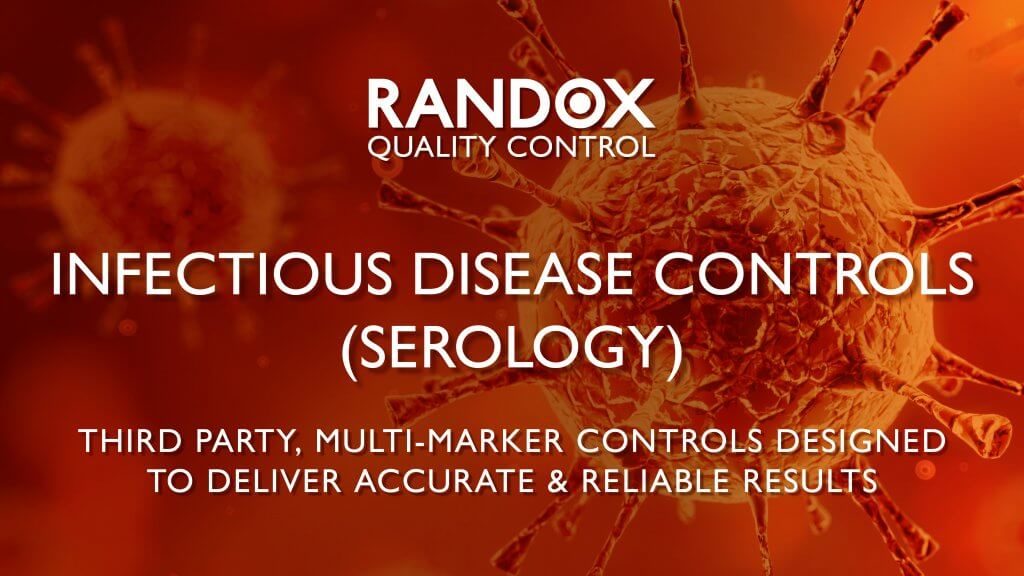
Randox QC unveils brand new multi-analyte commutable Acusera Infectious Disease Controls
Randox Quality Control is set to introduce its brand new Acusera Infectious Disease (Serology) Controls at the American Association for Clinical Chemistry 2019.

Multiplex biochip for accurate differentiation of stroke types launched at AACC
A ground-breaking new test which improves the accuracy of stroke diagnosis has been developed by Randox scientists.